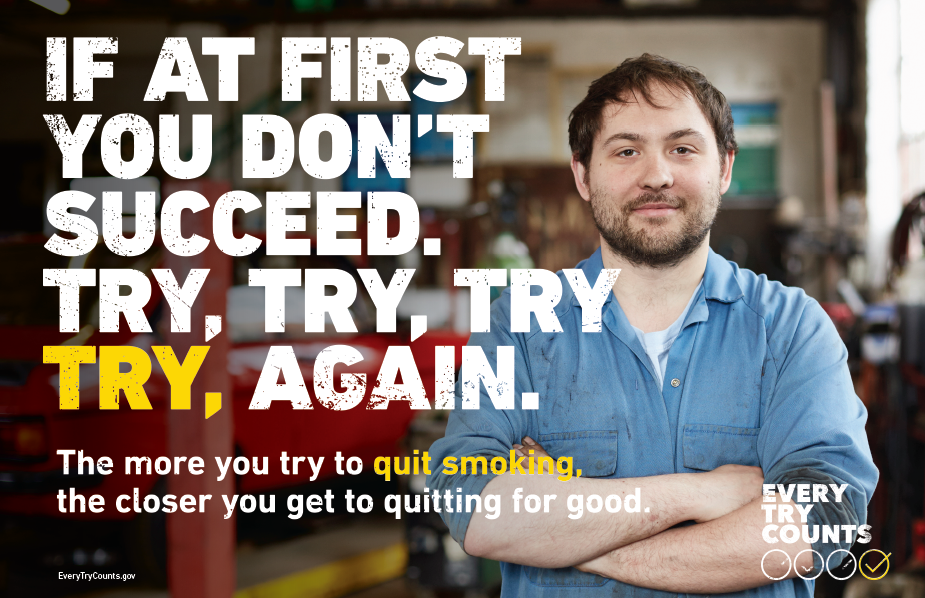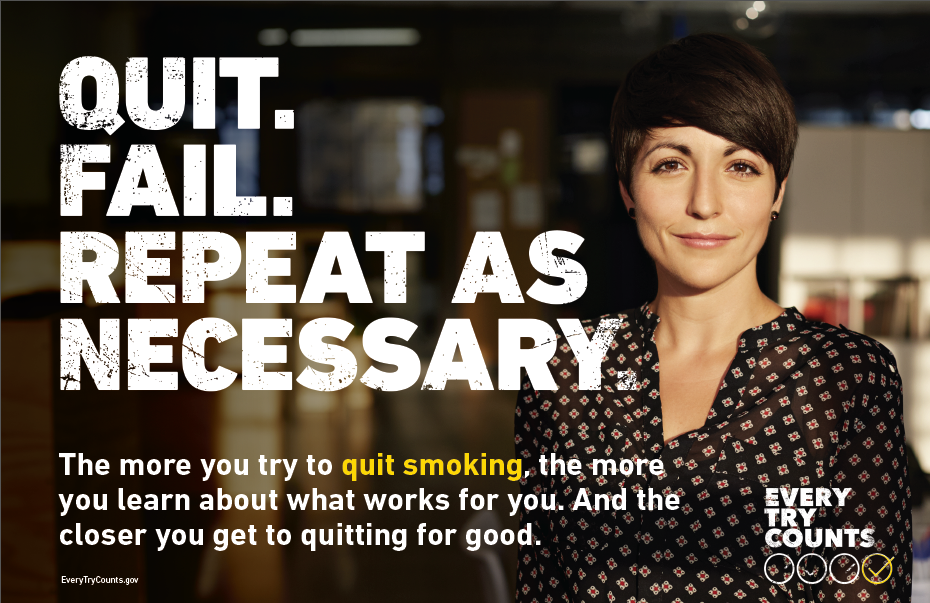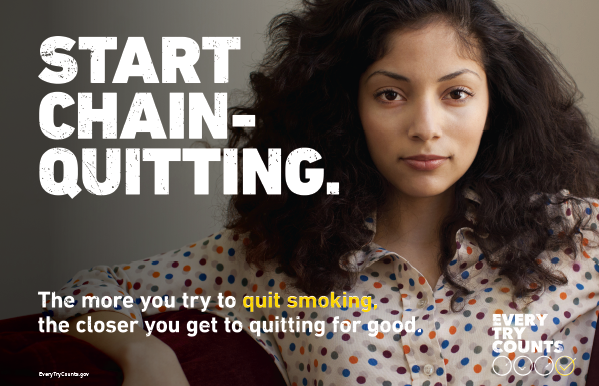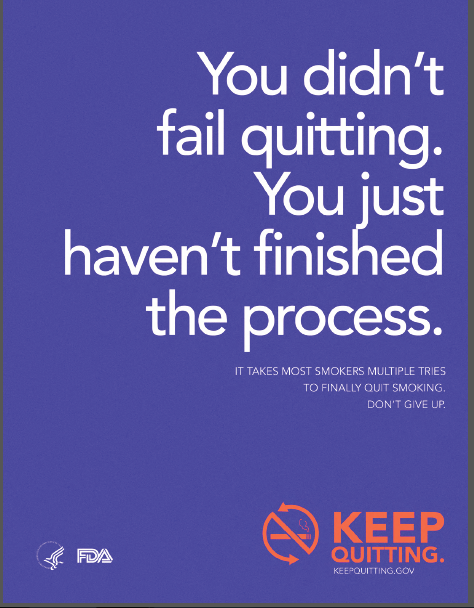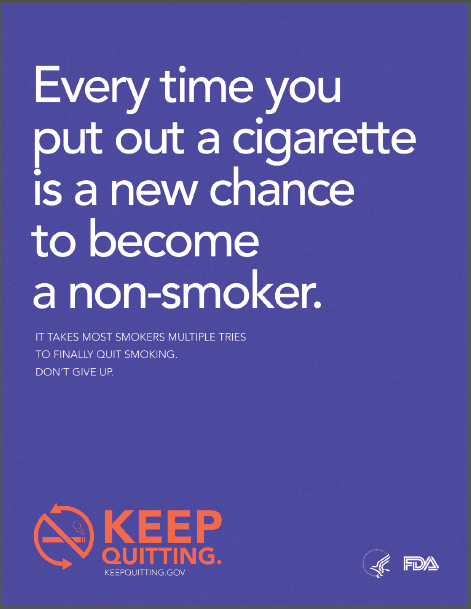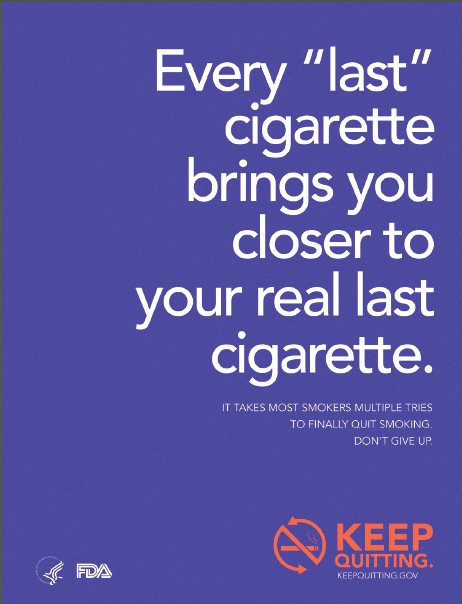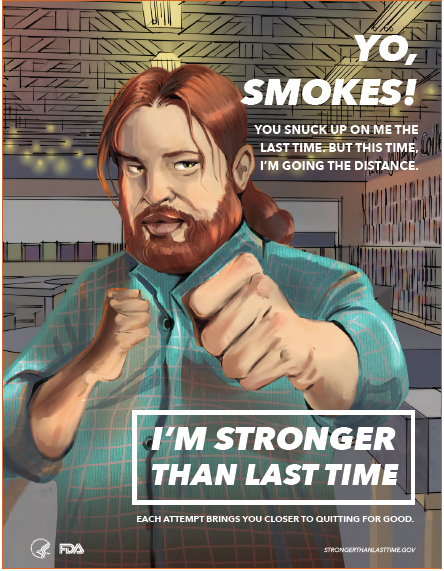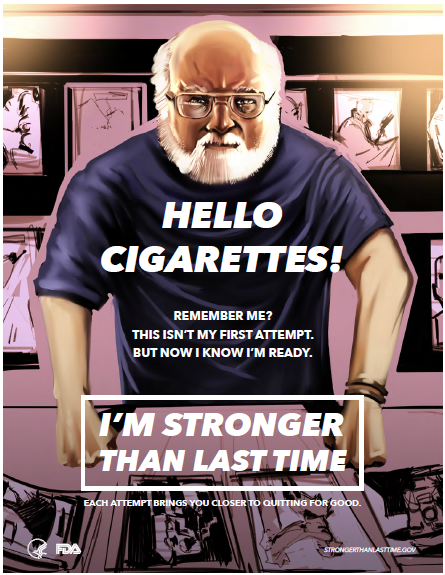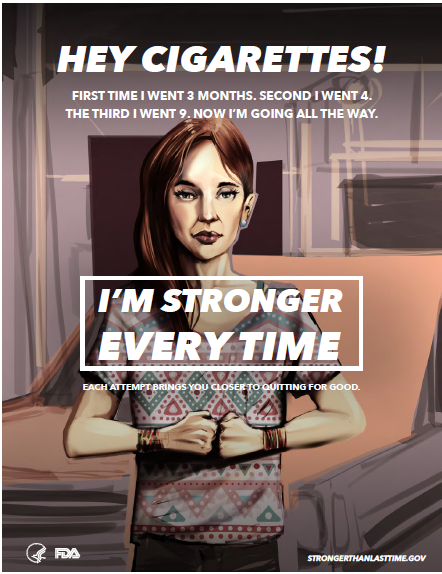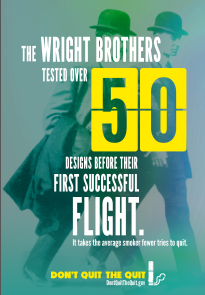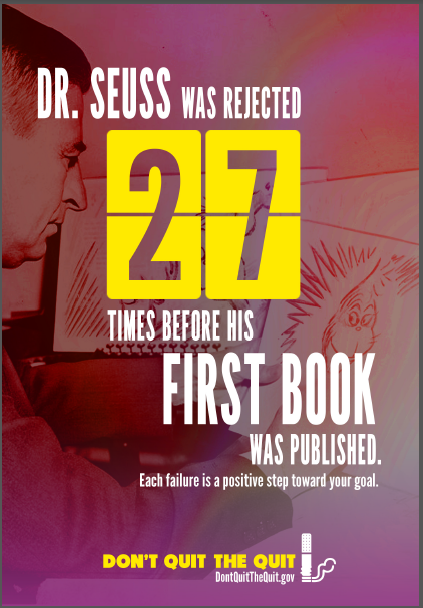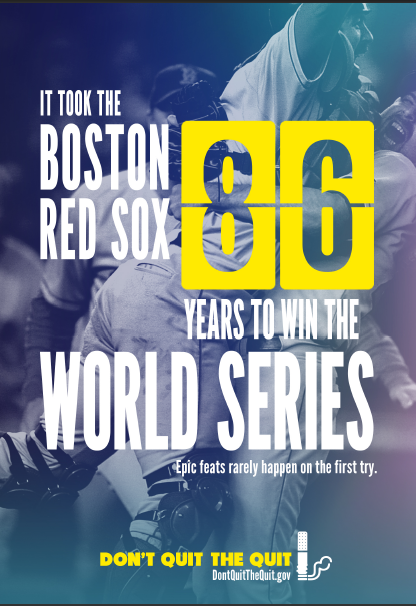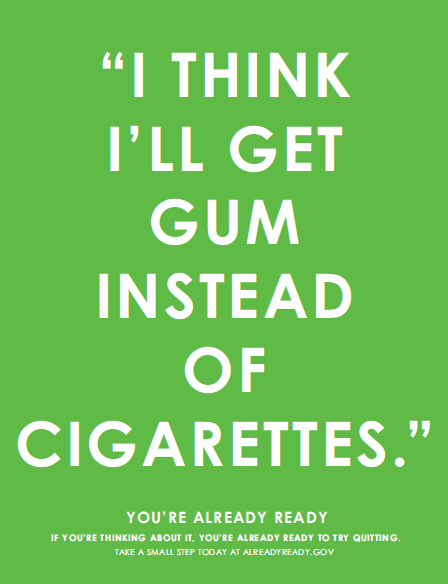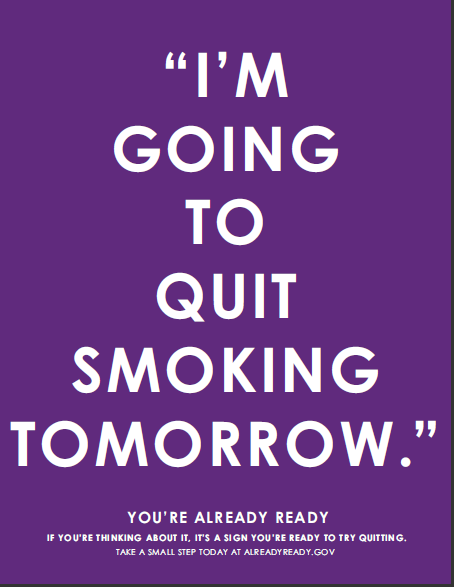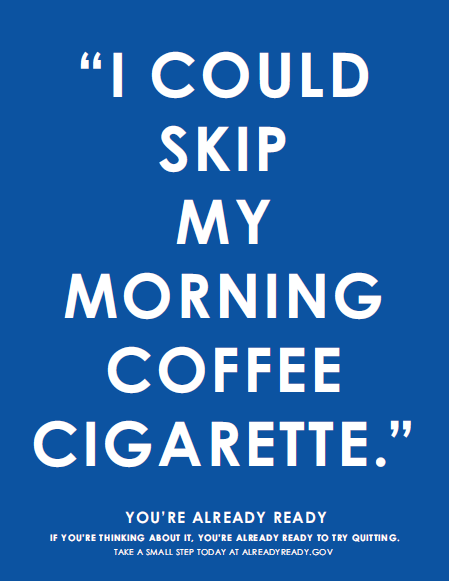Point-of-Sale Creative Concept Testing – Focus Groups with Current Adult Smokers
Generic Clearance for the Collection of Qualitative Data on Tobacco Products and Communications
POS Creative Concept Testing_Discussion Guide
Point-of-Sale Creative Concept Testing – Focus Groups with Current Adult Smokers
OMB: 0910-0796
Point-of-Sale
Creative Concept Testing, Discussion Guide –
Point-of-Sale Creative Concept Testing – Focus Groups with Current Adult Smokers
FOCUS GROUP DISCUSSION GUIDE
Research Objective: Conduct focus groups with current smokers to assess reactions to multiple creative campaigns (Section II), identify comparative strengths and opportunities among campaigns (Section III) and gather feedback on possible digital opportunities (Section IV).
NOTES TO REVIEWER: |
Question probes are italicized. These are suggestions for the interviewer to follow, and will be used or modified as deemed relevant and necessary in the natural flow of discussion. |
Moderator instructions are highlighted in yellow. |
Materials are highlighted in blue. |
|
S ECTION
I: Introduction & Warm-Up (5 minutes)
ECTION
I: Introduction & Warm-Up (5 minutes)
[Moderator introduces self and informally reviews the ground rules listed below with the participants]
Thank you for coming here today. Your participation is very important.
My name is __________, and I’m part of an independent research company. This means that I didn’t create anything you see today, and I have no opinions about what you’re going to see. I’m here to listen to you and what you have to tell me.
The purpose of today’s focus group is to get your thoughts and reactions to some potential ads that are aimed to motivate smokers to make a quit attempt.
Your thoughts are very important to us, and your time today is appreciated.
We will have about 90 minutes for our discussion.
As we begin, I want to review a few ground rules for our discussion.
Your participation is voluntary and you have the right to withdraw from the study at any time.
I want to give you my full attention and not have to take a lot of notes, so our session today will be audio recorded. I will be speaking with people across the country for this project, and it will be impossible for me to remember everything. The audio files will be transcribed, but any information that could identify you including your name will be removed from the transcripts. At the end of our discussion, I have to write a report and will refer to the recordings and transcripts when writing the report. Additional project staff may hear the audio recordings at a later date. Neither I nor anyone else involved with the project will share personal information with any third party without your permission unless it is required by law. Is it okay if I begin the audio recording now?
IF APPLICABLE: You have probably noticed the video camera in the room too. It’s streaming our session, but it is not recording. This allows other members of the research team who couldn’t be here today learn from you as well.
Behind me is a one-way mirror. Some of the people working on this project are observing this discussion so that they can hear your opinions directly from you and take notes so that your opinions are accurately captured. However, your identity and anything you personally say here will remain private to the fullest extent allowed by law. Your name, address, and phone number will not be given to anyone and no one will contact you regarding this study after this discussion is over.
If you need to go to the restroom during the discussion, please feel free to do so.
Please turn your cell phone off or to silent mode.
Most importantly, there are no ‘right’ or ‘wrong’ answers. We want to know your opinions and what you think about the things we will be discussing. The goal of our discussion is not to come to a consensus, and we especially want to hear from you if you have an opinion that is different from others in the room.
Just a reminder, we are not selling anything, and I do not work for the people who are sponsoring this research, so don’t hold back from giving me your honest opinions. We do ask that you keep whatever is said here confidential, since people might share personal thoughts.
You don’t have to answer every question, but I do want to hear from everyone, so I might call on you at some point.
Do you have any questions before we begin?
Okay, great. Before we get started, I’d like for each of you to complete this short worksheet. Your responses will not be shared with the group. They will help the research team better understand your experience. [Moderator collects worksheets from participants.]
Okay great. Now, let’s get to know each other more. I’m going to have everyone go around and introduce themselves. I’d like everyone to share your first name and something you enjoy doing when you have free time. I’ll go first.
[Through icebreaker/introductions, moderator will ensure that group is “warmed up.”]
Thanks everyone! We have a lot of content to cover so I want to jump right in.
S ECTION
II: Reactions
to Creative Campaigns
(60
min. – 20 min per campaign)
ECTION
II: Reactions
to Creative Campaigns
(60
min. – 20 min per campaign)
[MATERIALS: STORE IMAGE BOARD, STIMULI, PARTICIPANT RATING WORKSHEETS]
I mentioned at the beginning that we are here to discuss different draft advertisements and get your reactions to them. I am going to share some draft ads that are meant to speak to people like you. As I mentioned these are potential ads that are aimed to motivate smokers to make a quit attempt. Right now, these ads are still being developed, so try not to get too caught up in the small details about how they look. Some of the ads are still in illustration form to get across the idea behind them but eventually these ads will be finalized and, in some cases, will contain images of real people. We are here to get your honest feedback, which will help determine which ideas should move forward and how they can be improved.
[Moderator will present images of where the ad may be placed in an in-store environment. A large poster board will contain images of placements of ads inside, outside, and around a convenience store. ]
Now before we begin I want to give you an idea of where you might see these ads after they are finalized. After they are fully developed, the ads will be placed in and around convenience stores- like your nearby 7-Eleven or gas station.
[Moderator: Hold up board.] They may be inside the store (like on the freezer or by the counter) and outside the store (like on top of the gas pump). Please keep this in mind while you are viewing these draft advertisements.
I’m now going to show you a few sets of different draft advertisements. For each advertisement that I show you, you will first fill out a short worksheet1 on your own. After everyone has completed their worksheet, we will discuss your feedback as a group.
[Moderator: Walk through worksheet. Have participants label their worksheet with the ID number from their name tent.] Again, there are no wrong answers; I am interested in what you think, be honest. I did not create these ads—if you don’t like something you will not hurt my feelings. Remember, at this point, these are just drafts and they are not final.
[Groups will be shown up to three campaign sets. Non-consecutive letters will designate each individual campaign set in order to aid in group discussion and worksheet responses. Each campaign set will contain multiple execution stimuli. Non-consecutive numbers will designate the executions within the campaign set. Moderators will allot approximately 20 minutes to each campaign set.]
[MODERATOR INSTRUCTIONS:
Moderators will allot approximately 20 minutes to each campaign set: approximately 10 minutes for execution-level discussion (steps 1–4) and 10 minutes for campaign-level discussion (step 5).
For each campaign set:
Introduce Execution 1, allow participants to look at it for 30-45 seconds and read it aloud.
Have participants turn stimuli face down and complete the worksheet
Worksheet will be pre-labeled with stimuli ID (e.g., D7)
Have participants complete their participant ID with their ID located on their name tent (e.g., MD5)
After all participants have completed the rating sheet, go through reaction probes #1–3 (below)
Instruct participants to turn Execution 1 face up and ask execution-specific probes (#4, below)
Introduce and read aloud Executions 2 & 3 and ask campaign-specific and remaining probes #5–9 (below) with all three executions being shown.
Throughout discussion, please refer to Executions by their ID and/or a key phrase of the executions so that it is captured for transcription and for viewers in backroom and livestreaming.
Repeat process for remaining two campaign sets.]
RANDOMIZE ORDER OF CAMPAIGN SETS—SEE CREATIVE CAMPAIGN STIMULI.
Ok, now let’s talk about this draft ad.
1. Initial Reactions |
What are your initial reactions and thoughts on this ad?
|
2. Main Message |
What is the main message this ad is trying to convey? Why do you say that? How do you feel about the main message? |
3. Grab attention/ memorable |
Does this ad grab your attention? Why or why not? Do you think this ad would stick with you? Why or why not? |
4. Execution-Specific |
[Bring back first executional stimulus] [Point to logo lockup] What are your thoughts and feelings about this message? [Point to logo lockup] What is the meaning of “LOGO LOCKUP COPY ”?
[GO TO EXECUTION-SPECIFIC PROBES; SEE APPENDIX A] |
Great. Sometimes you see ads running for the same company that are similar in look and feel to one another as part of a broader advertising campaign. Now I have other draft ads in this same campaign to show you. These three ads are all part of the same advertising campaign.
[The moderator will introduce the remaining executions and will ask participants questions based on the campaign set as a whole]
5. Campaign-Specific |
[ASK EXECUTION-SPECIFIC PROBES FOR STIMULI #2 & #3; SEE APPENDIX A]
OK, I had mentioned that these ads are part of the same campaign, so I want to ask you some questions about the overall campaign.
[Redirect as necessary to ensure participants are discussing feedback at the campaign versus execution level] [CAMPAIGN-SPECIFIC PROBES; SEE APPENDIX B] |
6. Think Differently |
[For the first probe only, the moderator will not speak about ‘quitting’ until mentioned by respondents] What does this ad campaign make you think about?
|
7. Believable/ Compelling |
Do you believe what this ad campaign is trying to say? Why/why not? What, if anything, would you change or add to make it more believable? |
8. Relatable |
Whom do you think this ad campaign is talking to? Why?
How relatable is this ad campaign to you? [IF NOT, probe extensively] |
9. Intentions |
What steps would you take after seeing something like this (if any)? How does this make you feel about taking those steps?
|
[Please probe to understand perceived similarities, differences of the individual executions within the set; comparisons across campaigns will be in Section III.]
Great, now I have another set to show you. I’ll ask you to compare the different sets I show you later, but for now, just focus on answering my questions based on the new draft ads I’m about to show you. [Run through Section II again for remaining campaigns as outlined above.]
SECTION III : Campaign Comparison (15 minutes)

[MATERIALS: Index Cards, Campaign Collage Boards]
Before we wrap up, I’d like you to think about the different ad campaign sets that we have discussed today. Before, I had asked you to think of those sets in isolation and not make any comparisons, but now I want you to think about all of the sets and which ones you liked the most and which you liked the least. Like before, I am going to have you write down your responses and then we will have group discussion. Remember, after these ads are fully developed, the ads will be placed in and around convenience stores—like we talked about at the beginning [Indicate POS Environment imagery].
[Moderator will display up to three creative campaign sets around the room, each will be labeled for easy identification.]
You have three different colored cards in front of you with different labels on them—one green with the label “MOST”, one red with “LEAST”, one blue with “ATTENTION”. I am going to ask you some questions about the three ad campaign sets I showed you earlier. [Motion/indicate set of campaign collage boards.]
Take the green card labeled “MOST”, and on it I want you to write the letter of the ad campaign set that is the MOST motivating. Include at least one reason why this one motivates you the most. [Allow participants time to write answer.]
Now take the red card labeled “LEAST”. On this one, I want you to write the letter of the ad campaign set that is the LEAST motivating. Include at least one reason why this one motivates you the least. [Allow participants time to write answer.]
Last one—blue card labeled “ATTENTION” and on this card, I want you to write the letter of the ad campaign set that would grab your attention the MOST in-store. Include at least one reason why. [Allow participants time to write answer.]
If you could make sure to write your participant ID—the same as on your worksheets—on all three cards, that would be great!
[NOTE TO MODERATOR: Keep this discussion focused on comparisons, not repetition of the content already shared—especially for questions about what they liked or didn’t like about an ad. Also, keep this conversation focused on the campaign set level rather than execution level. Please also prompt participants to refer to campaign sets by name, for the benefit of observers and transcription.]
Let’s take a few moments to talk about the selections you just made.
Which campaign set was most motivating? Why?
Which aspects of this campaign set have the biggest impact on you? Why are they working well for you?
Which campaign set was the least motivating? Why?
Which aspects of this campaign set are not working well for you? Why?
Which are you most likely to tell someone about? Why?
Which are you most likely to remember? Why?
Which set would be most likely to grab your attention in the store?
As a whole, did these campaigns make you think differently about making a quit attempt? Why/Why not?
Who do you think would make ads like these?
SECTION IV : Digital Probes (5 minutes)

Great, thanks for all that feedback. Before we wrap up, I would like to ask you a few additional questions.
Have you ever used a website to help support a quit attempt before? If yes, tell me about your experience?
Would something like that be helpful? Why or why not?
What tools would you want to see on a website?
Have you ever used an app to help support a quit attempt before? If yes, tell me about your experience?
Would something like that be helpful? Why or why not?
Would you put an app on your phone?
Can you think of any mobile app features that would be helpful to you in your attempt to quit smoking?
What types of messages would be the most helpful?
When would it be helpful to receive those messages [trying to get at if they want automatic push messages or not]
If you visited a convenience store and automatically got messages on your phone to help support your quit attempt, what would you think?
If you left a convenience store and received a message on your phone directing you to resources for quitting smoking in the future, what would you think?
Who should those messages come from?
S ection
IV: Closing
(5 minutes)
ection
IV: Closing
(5 minutes)
[FALSE CLOSE. PLEASE LEAVE THE ROOM TO CHECK WITH OBSERVERS FOR FOLLOW UP QUESTIONS.]
[Thank participants]
Thank you very much for participating in this focus group. I have enjoyed getting to know you, and appreciate your time and great feedback. Is there anything that you would like to share that you didn’t have the chance to share yet?
On your way out, feel free to pick up one of the pamphlets if you or someone you know is interested in information on quitting.
G. EVERY TRY COUNTS
G7 |
|
FOR MODERATOR: Further probe on "try".
[Point to and read] “The more you try to quit smoking, the closer you get to quitting for good.”
|
|
G2 |
|
[Point to and read] "The more you try to quit smoking the more you learn about what works for you. And the closer you get to quitting for good."
[Probe on]:
|
|
G4 |
|
[Point to and read] “The more you try to quit smoking, the closer you get to quitting for good.”
|
V. KEEP QUITTING
V9 |
|
[Point to and read] “You didn’t fail quitting. You just haven’t finished the process.”
FOR MODERATOR: Probe on the word fail. |
|
V3 |
|
[Point to and read] “Every time you put out a cigarette is a new change to become a non-smoker.”
FOR MODERATOR: Probe on “non-smoker” language versus “former smoker” versus other alternatives. |
|
V5 |
|
[Point to and read] “Every ‘last’ cigarette brings you closer to your real last cigarette.”
FOR MODERATOR: Probe further on "last" cigarette versus "real last" cigarette |
O. Stronger Than Last Time
O6 |
|
[Point to and read] “You snuck up on me the last time, but this time, I’m going the distance.”
|
|
O8 |
|
[Point to and read] “Remember me? This isn’t my first attempt. But now I know I’m ready.”
|
|
O1 |
|
[Point to and read] “First time I went 3 months, Second I went 4. The third time I went 9. Now I’m going all the way.”
|
D. Don’t Quit the Quit
D3 |
|
FOR MODERATOR: Discuss the reference (Wright Brothers). Are they familiar? Is it relatable? |
|
D7 |
|
FOR MODERATOR: Discuss the reference (Dr. Seuss). Are they familiar? Is it relatable? |
|
D9 |
|
FOR MODERATOR: Discuss the reference (Red Sox). Are they familiar? Is it relatable? |
K. You’re Ready Already
K4 |
|
[Point to and read] “I think I’ll get gum instead of cigarettes.”
FOR MODERATOR: Probe on alternatives (ex: gum). |
|
K8 |
|
[Point to and read] “I’m going to quit smoking tomorrow.”
|
|
K6 |
|
[Point to and read] “Perhaps I’ll skip my cigarette with my morning coffee.”
|
G. EVERY TRY COUNTS
What is the main message of this ad campaign? [Probe to ensure participants are responding at the campaign-level, not execution-level]
What are your thoughts and feelings about that main message?
[Point to logo lockup] What is this image trying to tell you? What do you think it means?
[Probe on use of check marks in logo]
What about the imagery used in this ad campaign—what are your thoughts about that?
[Probe on used of people in the advertisement]
What, if anything, do you like about this ad campaign?
What, if anything, do you dislike?
What, if anything, might be confusing about the ads you see in front of you?
V. KEEP QUITTING
What is the main message of this ad campaign? [Probe to ensure participants are responding at the campaign-level, not execution-level]
What are your thoughts and feelings about that main message?
What about the imagery used in this ad campaign—what are your thoughts about that?
[Point to logo lockup] What is this imagery conveying? What does it mean?
[Point to and read] "It takes most smokers multiple tries to quit smoking. Don't give up."
What does this mean to you?
How much does this reflect your experience in trying to quit?
What, if anything, doesn't ring true?
What are some other ways to say keep quitting?
What does that mean to you?
What about the phrase “requit smoking”—what does that mean to you?
What, if anything, do you like about this ad campaign?
What, if anything, do you dislike?
What, if anything, might be confusing about the ads you see in front of you?
O. Stronger Than Last Time
What is the main message of this ad campaign? [Probe to ensure participants are responding at the campaign-level, not execution-level]
What are your thoughts and feelings about that main message?
How does the message relate to your personal experience with quitting?
Is this a message for someone who has tried to quit only a few times? Many times? How so?
What about the imagery used in this ad campaign—what are your thoughts about that?
Tell me about the people portrayed in this ad—how do they make you feel? [Idea of smoker as hero in their own story, empowerment, want to understand how they feel about this approach]
Tell me about the introduction language—example Yo, Smokes!—what are your thoughts? [Probe to understand how they feel about this direct approach]
What, if anything, do you like about this ad campaign?
What, if anything, do you dislike?
What, if anything, might be confusing about the ads you see in front of you?
D. Don’t Quit the Quit
What is the main message of this ad campaign? [Probe to ensure participants are responding at the campaign-level, not execution-level]
What are your thoughts and feelings about that main message?
What about the imagery used in this ad campaign—what are your thoughts about that?
This campaign uses numbers to talk about tries. How do you feel about this approach to talking about quitting?
What about the numbers—are they big? Small?
How realistic are these numbers to your quit experience(s)?
How do the numbers in this context make you feel?
[Point to logo lockup] What are your thoughts on the image here?
What, if anything, do you like about this ad campaign?
What, if anything, do you dislike?
What, if anything, might be confusing about the ads you see in front of you?
K. You’re Ready Already
What is the main message of this ad campaign? [Probe to ensure participants are responding at the campaign-level, not execution-level]
What are your thoughts and feelings about that main message?
What about the imagery used in this ad campaign—what are your thoughts about that?
[Point to and read "If you're thinking about it, you're ready to try."] How true is this to your experience?
What does it mean to be ready?
What does "ready to try" mean to you?
What, if anything, do you like about this ad campaign?
What, if anything, do you dislike?
What, if anything, might be confusing about the ads you see in front of you?
1 A reduced worksheet will be completed for the first stimuli of each campaign. This worksheet will consist of two questions that ask participants to (1) write the first three words that come to mind and (2) summarize the main idea.
| File Type | application/vnd.openxmlformats-officedocument.wordprocessingml.document |
| Author | Nikkita Sarna |
| File Modified | 0000-00-00 |
| File Created | 2021-01-26 |
© 2025 OMB.report | Privacy Policy
